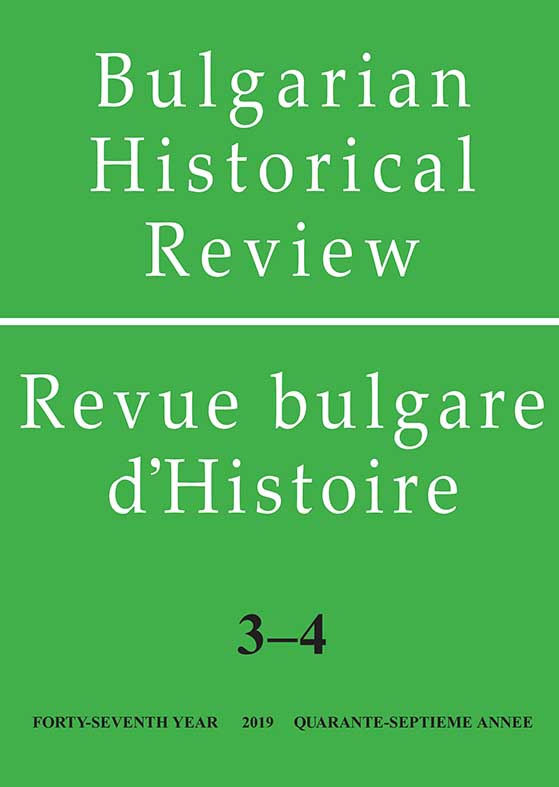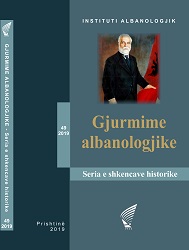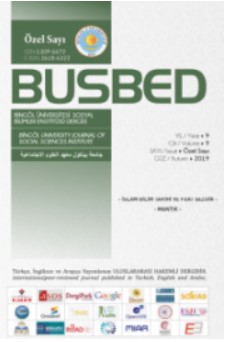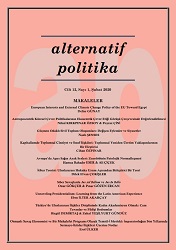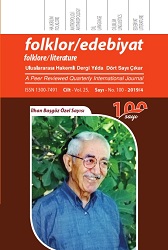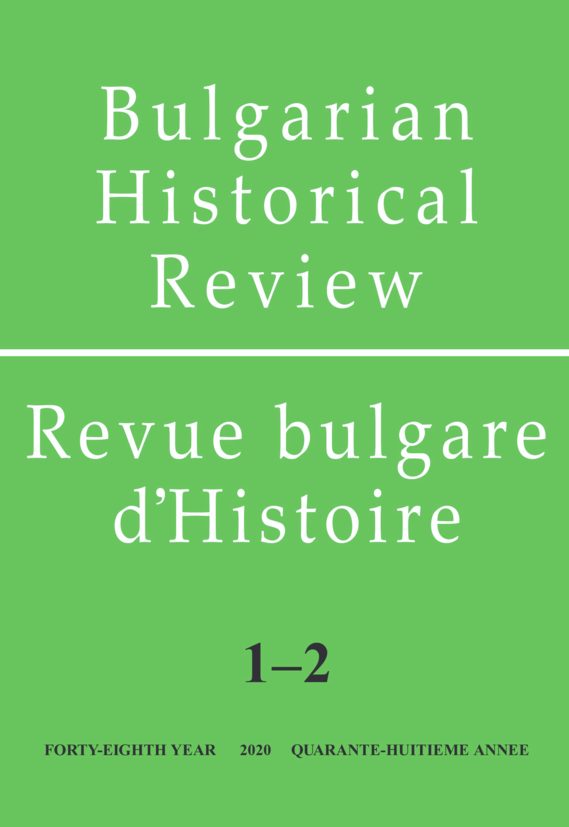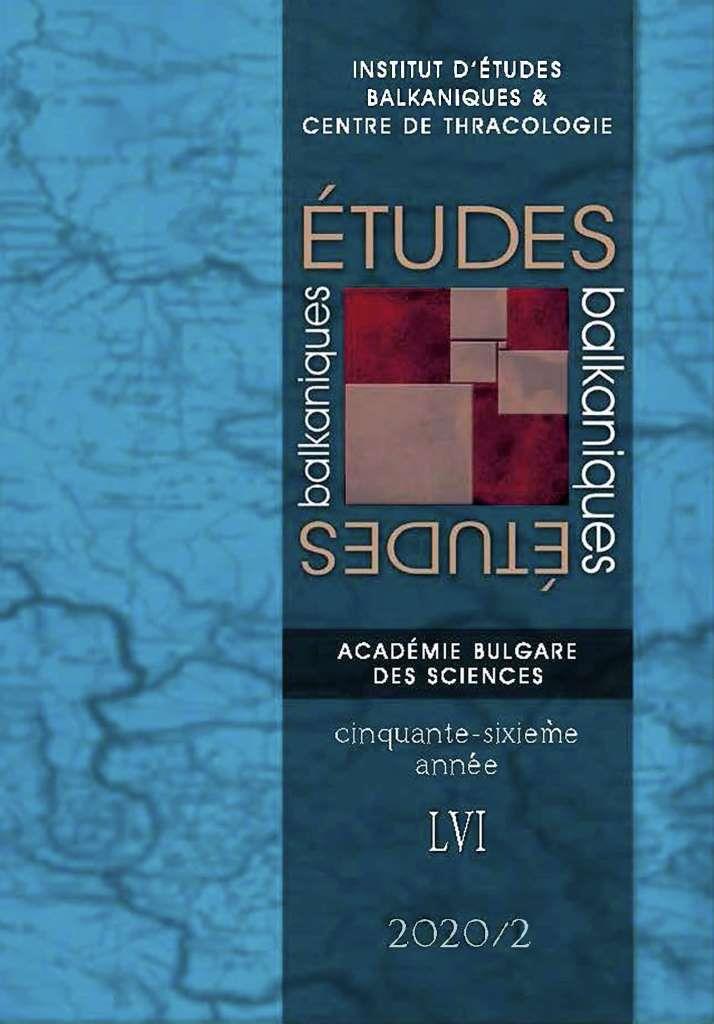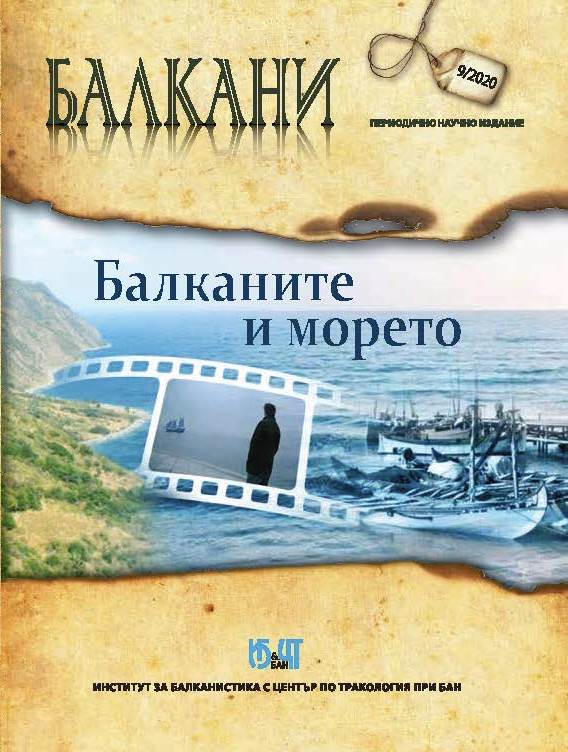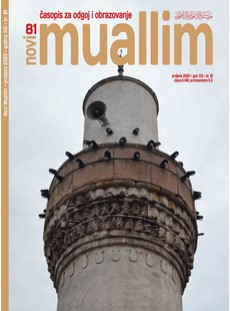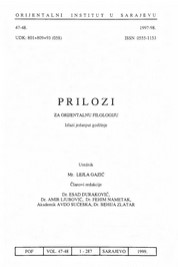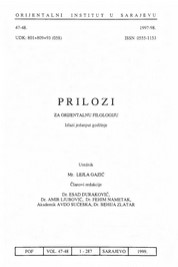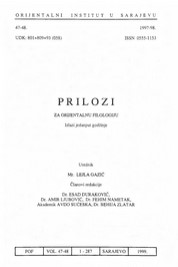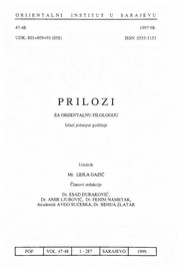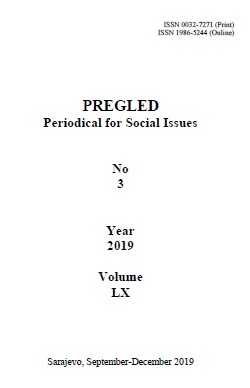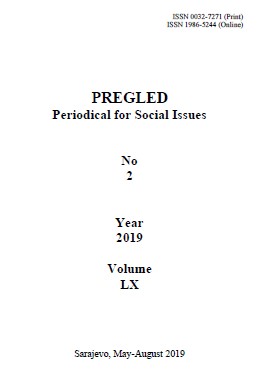Author(s): Mubera Bavčić,Amir Ljubović,Ekrem Čaušević,Arifa Ramović,Olga Zirojević,Dino Mujadžević,Ismet Bušatlić,Esad Duraković,Hatidža Čar-Drnda,Fehim Nametak,Sabaheta Gačanin,Adnan Kadrić,Kerima Filan,Mehmed Kico / Language(s): Bosnian
Issue: 47-48/1999
Review of:
Mehmed Kico - Dr. Teufik Muftić, GRAMATIKA ARAPSKOG JEZIKA, Ljiljan, Sarajevo 1998., 878 str.
Esad Duraković - Nurko Karaman, ARAPSKO-BOSANSKI RJEČNIK ZA ĐAKE I STUDENTE. BEMUST, Sarajevo, 1997, 392+VI str.
Kerima Filan - Ekrem Čaušević, GRAMATIKA SUVREMENOGA TURSKOG JEZIKA, Hrvatska Sveučilišna Naklada, Zagreb 1996. 553 str.
Adnan Kadrić - A. von Gabain, ESKİ TÜRKÇENIN GRAMERİ (çeviren: Mehmet Akalın). Türk Dil Kurumu yayınları: 532, Ankara 1995., str. 19+313
Ekrem Caušević - Henryk Jankowski, GRAMATYKA JEZYKA KRYMSKOTATARSKIEGO. Uniwersytet im. Adama Mickiewicza, Seria jezyko-znavvstvvo nr. 15, Poznan,
1992., 455 str.
Ismet Bušatlić - ANAQUEL DE ESTUDIOS ÂRABES VII (1996), Universidad Complutense de Madrid, Facultad de Filologla, Departamento de Estudios Arabes e Islâmicos, Servicio de publicaciones, Madrid, 1996, 292 str.
Adnan Kadrić - Prof. Dr. Zeynep Korkmaz, TÜRK DİLİ ÜZERİNE ARAŞTIRMALAR, Türk Dil Kurumu Yayınları: 629 - Gramer Bilim ve Uygulama Kolu: 17, Ankara 1995,1 + II, pp. XII+959 + 11+ 476.
Adnan Kadrić - Jânos Eckmann, HAREZM, KIPÇAK VE ÇAĞATAY TÜRÇESI ÜZERİNE ARAŞTIRMALAR (hazırlayan: Osman Fikri Sertkaya), Türk Dil Kurumu yaymlan:635, Ankara 1996., str. XVIII+438
Adnan Kadrić - Yrd. Doç. Wang Yuan-Xin, ÇİN’DEKİ TÜRK DİYALEKTLERİ ARAŞTIRMA TARİHİ, Türk Dil Kurumu Yayınları, Ankara 1994., pp. 134.
Adnan Kadrić - Vilhelm Thomsen, ORHON VE YENISEY YAZITLARININ ÇÖZÜMÜ İLK BİLDİRİ - ÇÖZÜLMÜŞ ORHON YAZITLARI (çeviren Vedat Köken), Atatürk Kültür, Dil ve Tarih Yüksek Kurumu, Türk Dil Kurumu Yayınlan: 595, Ankara 1993, 240 str.
Adnan Kadrić - Prof. dr. Hamza Zülfikar, TERİM SORUNLARI VE TERİM YAPMA YOLLARI, Türk Dil Kurumu, Ankara 1991., 1 + 213 str.
Kerima Filan - Dr. Musa Duman, Evliya Çelebi Seyahatnamesine Göre 17. YÜZYILDA SES DEĞİŞMELERİ, Atatürk Dil ve Tarih Yüksek Kurumu, Türk Dil Kurumu Yaymlar: 616, Ankara 1995, pp. 336.
Kerima Filan - Hayati Develi, Evliya Çelebi Seyahatnamesine Göre 17. Yüzyılda Osmanlı Türkçesinde SES BENZEMELERİ VE UYUMLAR, Atatürk Dil ve Tarih Yüksek Kurumu, Türk Dil Kurumu Yayınlar: 622, Ankara 1995, pp 249.
Adnan Kadrić - Dr. Tahir Kahraman, ÇAĞDAŞ TURKIYE TURKCESINDEKI FILLERIN DURUM EKLİ TAMLAYICILARI, Türk Dil Kurumu Yayınları: 654, Ankara 1996., VII + 422 + X str.
Adnan Kadrić - Doç. Dr. Leylâ Karahan, TURKÇEDE SÖZ DİZİMİ - CÜMLE TAHLİLLERİ (3. baskı). Akçağ Yaymlan: 58, Ankara 1995., 167 str.
Adnan Kadrić - İMLA KILAVUZU. Atatürk Kültür, Dil ve Tarih Yüksek Kurumu - Türk Dil Kurumu Yayınları: 525, Ankara 1993., 346 str.
Kerima Filan - VIDIN TÜRKLERI (Dil - Folklor - Din) Yazan: Ord. Prof. Dr. Gyula Nemeth, Çeviren: Prof. Dr. Abdurrahman Güzel Türk Dünyası Araştırmaları Vakfı, İstanbul 1996. pp. IIV+366
Adnan Kadrić - ORIENTALÎA SUECANA (An International Journal of Indological, Semitic and Turcic Studies), VOL. XLV-XLVI (1996-1997), Department of Asian and African Languages - Uppsala University, Uppsala, Sweden 1997., 239 str.
Sabaheta Gačanin - Prof. dr. Bećir Džaka, HISTORIJA PERZIJSKE KNJIŽEVNOSTI OD NASTANKA DO KRAJA 15. VIJEKA, Naučno istraživački institut "Ibn Sina", Sarajevo 1997., 449 str.
Esad Duraković - KUR’ANSKE PRIPOVIJESTI, I-X. BEMUST, “Dječija knjiga”, Sarajevo, 1998. Priredio Aziz Kadribegović, ilustrirao Ahmet Muminović.
Fehim Nametak - Fahri Kaya, ÇAĞDAŞ BOŞNAK EDEBİYATI ANTOLOJİSİ. Yapı Kredi Kültür-Sanat Yayıncılık Ticaret ve Sanayi A. Ş. İstanbul, 1997., pp 323.
Olga Zirojević - Annemarie Schimmel, WEST-OESTLICHE ANNÂHERUNGEN, EUROPA IN DER BEGEGNUNG MIT DER ISLAMISCHEN WELT, Stuttgart-Berlin-Köln, 1995, 132 (s ilustracijama)
Hatidža Car-Drnda - Suraiya Faroqhi, KULTUR UND ALLTAG IM OSMANISCHEN REICH vom Mittelalter bis zum Anfang des 20. Jahrhunderts Verlag C. H. Beck Munchen, 1995, s. 401.
Esad Duraković - Amir Ljubović, LOGIČKA DJELA BOŠNJAKA NA ARAPSKOM JEZIKU. Orijentalni institut u Sarajevu, Posebna izdanja XVIII, Sarajevo, 1996, 254 str.
Amir Ljubović - Esad Zgodić, BOŠNJAČKO ISKUSTVO POLITIKE - OSMANSKO DOBA. Euromedia, Sarajevo 1998., 458 str.
Ismet Bušatlić - Miguel Cruz Hemândez: HISTORIA DEL PENSAMIENTO EN EL MUNDO ISLÂMICO. 1. DES DE LOS ORJGENES HASTA EL SIGLO XII EN ORIENTE. 2. EL PENSAMIENTO DE AL-ANDALUS (SIGLOS IX-XIV). 3. EL PENSAMIENTO ISLÂMICO DESDE IBN JALDUN HASTA NUESTROS DİAS, Madrid, Alianza Universidad - Textos, 1996; XXIV +XIV + X + 906 str.
Ismet Bušatlić - QURTUBA. Estudios andalusies. Volumen 1 - Ano 1996. Seminario de Estudios Ârabes, Facultad de Filosofia y Letras, Cordoba 1996., 372 str.
Dino Mujadžević - Eric Zürchner, TURKEY: A MODERN HISTORY, I. B. Tauris & Co Ltd Publishers, London-New York, 1993, 381 str.
Olga Zirojević - Behija Zlatar, ZLATNO DOBA SARAJEVA (XVI STOLJEĆE), Sarajevo, 1996., 260 str.
Arifa Ramović - Bracewell, Catherine Wendy. SENJSKI USKOCI. Piratstvo, razbojništvo i sveti rat na Jadranu u šesnaestom stoljeću. Prev. N. Popović, M. Rossini. Zagreb, 1997.
Ekrem Čaušević - I “DOCUMENTI TURCHI” DELL’ ARCHIVIO DI STATO DI VENEZIA. Inventario della miscellanea a cura di Maria Pia Pedani Fabris con l’edizione dei regesti di Alessio Bombaci. Pubblicazioni degli Archivi di Stato strumenti CXXII, Roma, 1994., LXXII + 697 + 1 -6 (karte)
Amir Ljubović - Rašid Hajdarević, DEFTERİ SARAJEVSKOG SARAČKOG ESNAFA 1726-1823 (prevod). Istorijski arhiv Sarajevo, Sarajevo, 1998,181 str.
Mubera Bavčić - PRILOZI HISTORIJI SARAJEVA. Radovi sa znanstvenog simpozija Pola milenija Sarajeva, održanog od 19. do 21. marta 1993., Institut za istoriju i Orijentalni institut u Sarajevu, Sarajevo 1997, 531 str.
More...
